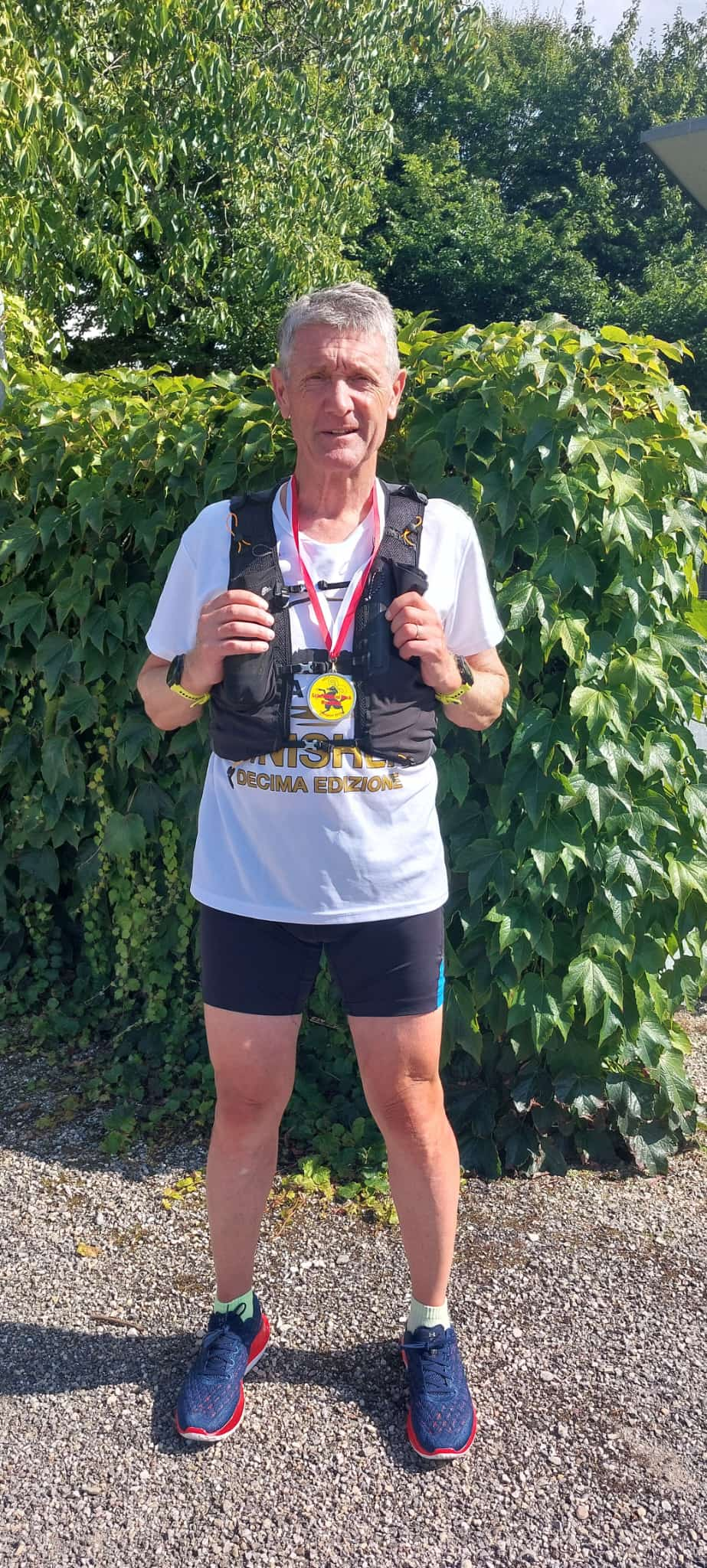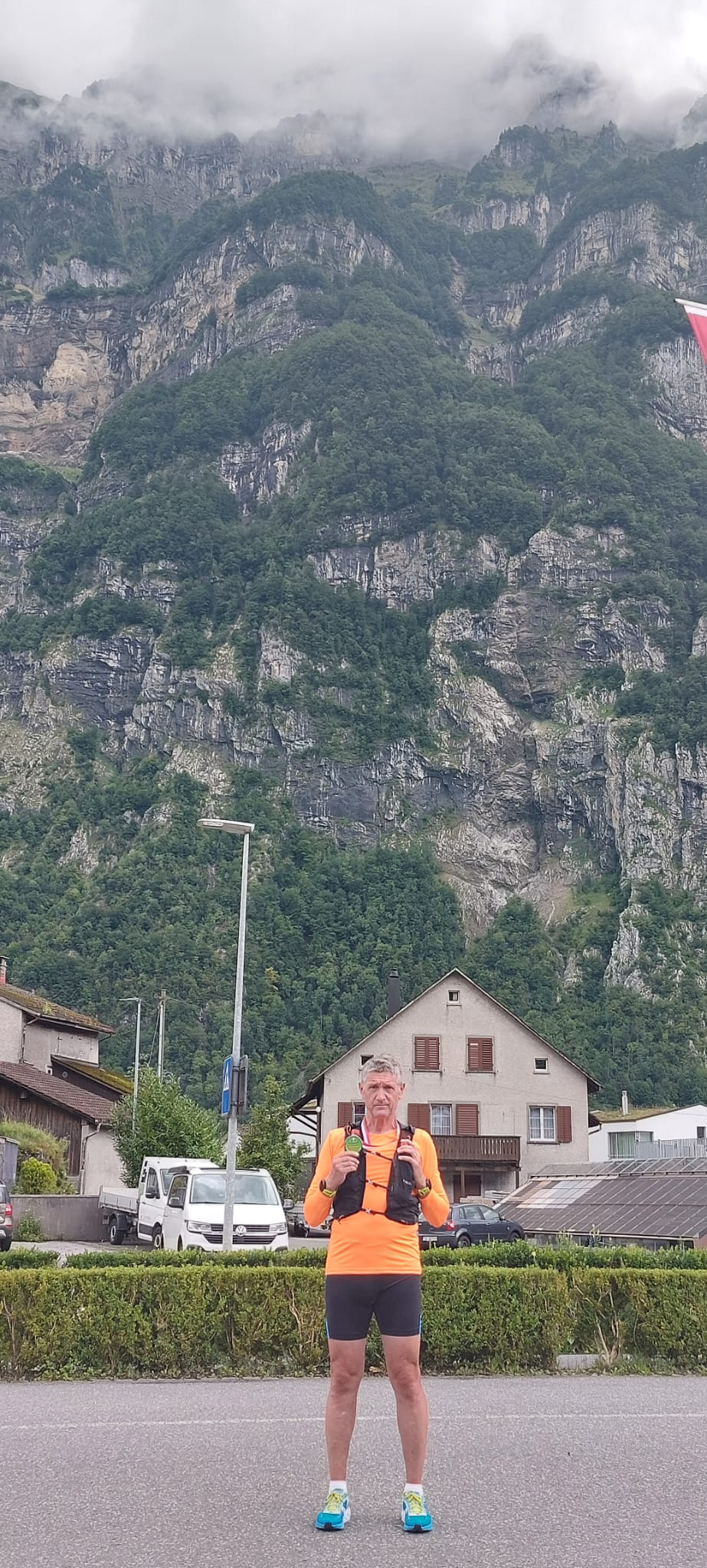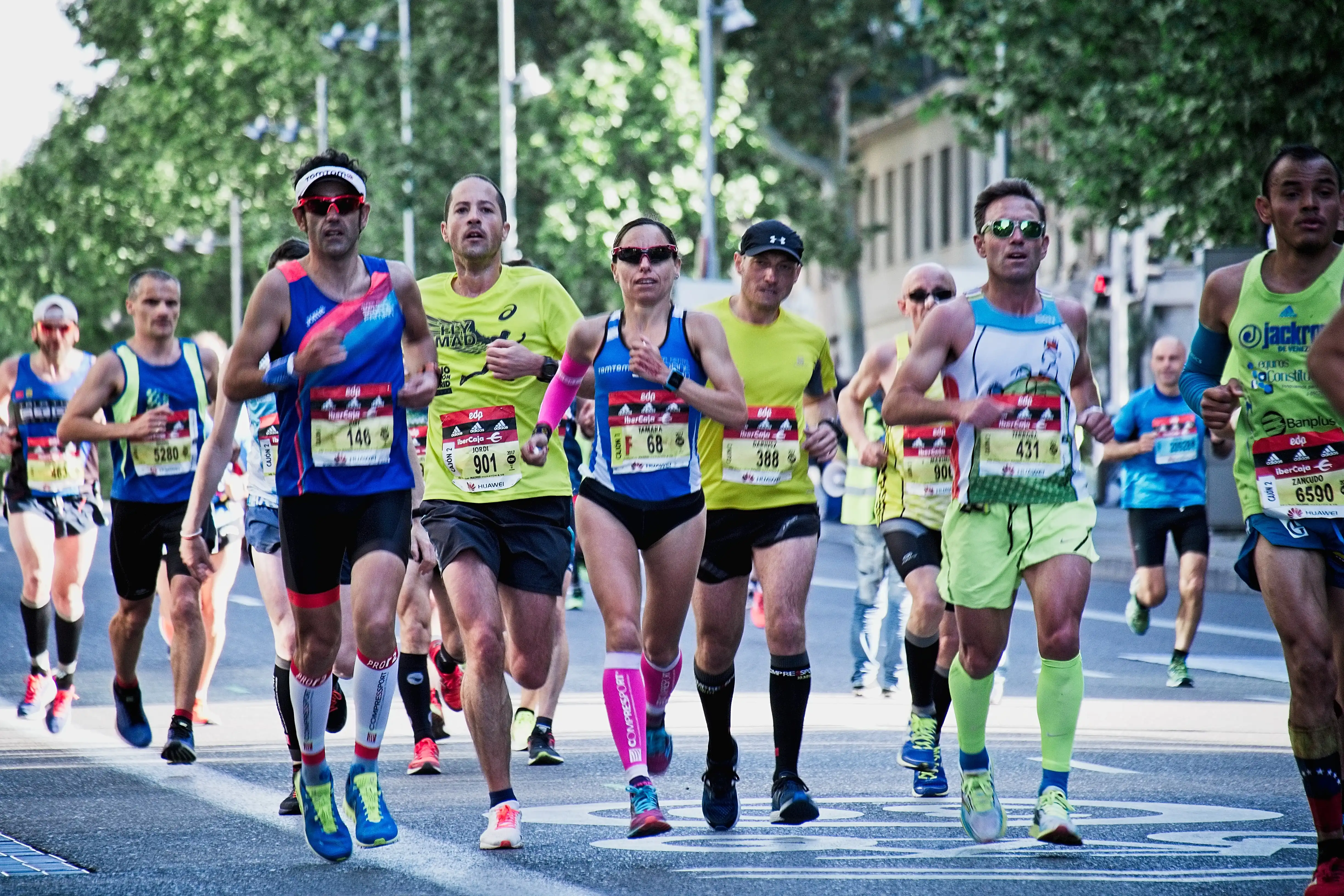The 100-km ultra-marathon is one of the most popular ultra-marathon distances. While we have a lot of scientific knowledge, no data exist about the influence of race course characteristics and other geographical aspects, on race performance. Therefore, the aims of this study were (i) to investigate where the fastest 100-km races are held and where the fastest runners originate from, (ii) to evaluate a potential influence of specific race characteristics (i.e., influence of elevation and race course characteristics) on performance, and (iii) to assess the influence of individual athlete performance against the other investigated factors. A total of 858,544 race records (732,748 from men and 125,796 from women) from 317,312 unique runners originating from 103 different countries and participating in 2,648 100-km races held in 80 different countries worldwide between 1892 and 2022 were analyzed using several descriptive, inferential and predictive methods, including a machine learning XG Boost Regression model. We evaluated the influence on the average running speed (in km/h) of factors such as gender of the athlete, age group, country of origin of the athlete, country where the race was held, course characteristics (i.e. mountain, trail, road, or track race) and elevation (i.e. flat or hilly course). The relative effect of the individual athlete performance was also investigated through a Mixed Effects Linear model. Discounting the fact that individual athlete performance is between 3 and 4 times ahead in race speed influence compared to the other factors, the model rated elevation (0.85) as the most important variable ahead of the country where the race was held (0.07), gender (0.02), age group (0.02), the country of origin of the runner (0.02) and the course characteristics (0.02). Running on a track (9.32 km/h) was the fastest ahead of road running (8.11 km/h), trail running (6.21 km/h) and mountain running (5.74 km/h). Flat running (8.85 km/h) was faster than running on a hilly course (6.57 km/h). The fastest athletes originated from African and Eastern European countries, with Swaziland (13.15 ± 0.88 km/h), Botswana (11.61 ± 2.22 km/h), Belarus (11.10 ± 2.29 km/h), Kazakhstan (10.74 ± 3.78 km/h), and Cape Verde (10.49 ± 2.26 km/h) in the top five. Africa, the Middle East, and Europe hold the fastest 100 km races, with Botswana (12.23 ± 1.35 km/h), Qatar (12.10 ± 1.63 km/h), Belarus (11.24 ± 1.27 km/h), Jordania (11.05 ± 1.58 km/h), and Montenegro (10.63 ± 1.90 km/h) in the top five. In summary, elevation was the most important variable in 100-km ultra-marathon running ahead of the country where the race was held, gender, age group, country of origin of the runner and course characteristics. Running on a track was the fastest ahead of road, trail and mountain running. Flat running was faster than running on a hilly course. Africa, the Middle East, and Europe hold the fastest 100 km races. Common for the fastest 100-km race courses was the fact that they were mainly indoor races and/or Championships. The fastest runners originated mainly from former republics of the dissolved Soviet Union. Future studies might select the fastest 100-km race courses.
Read more


